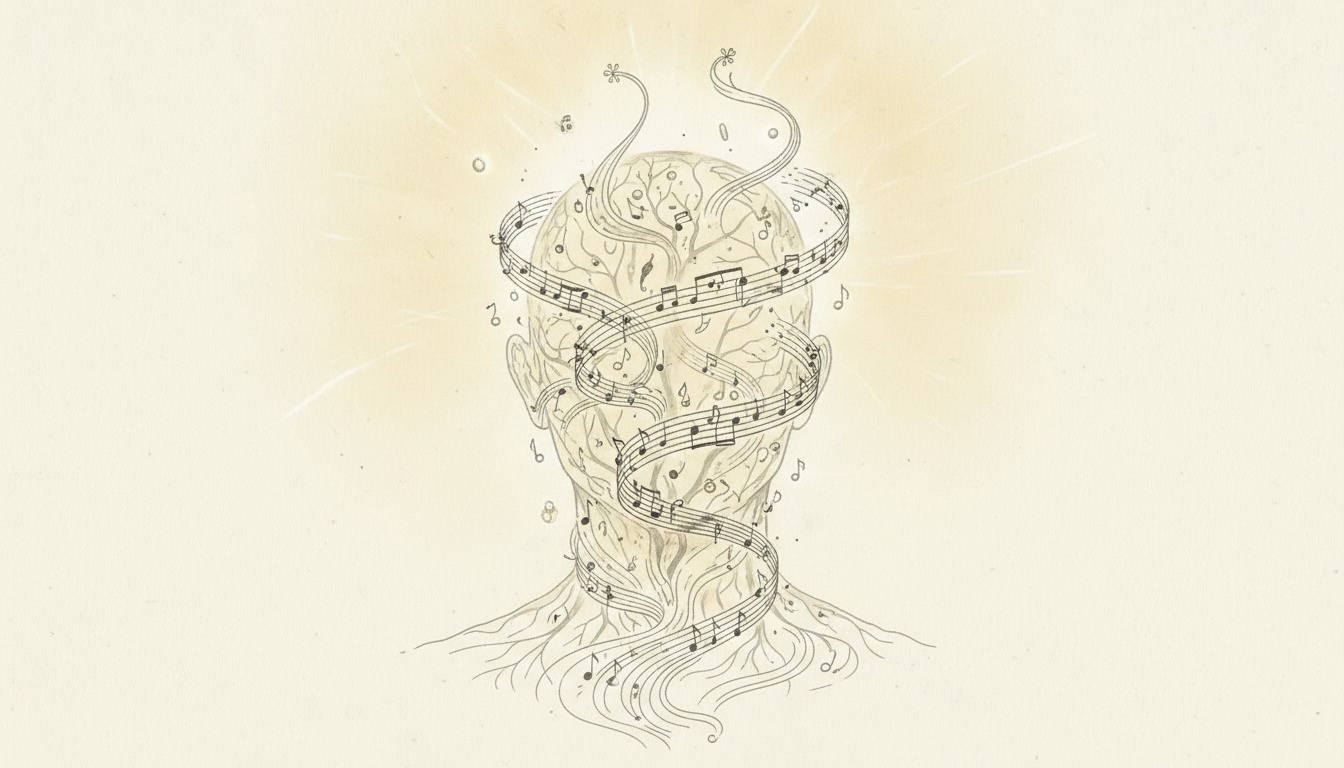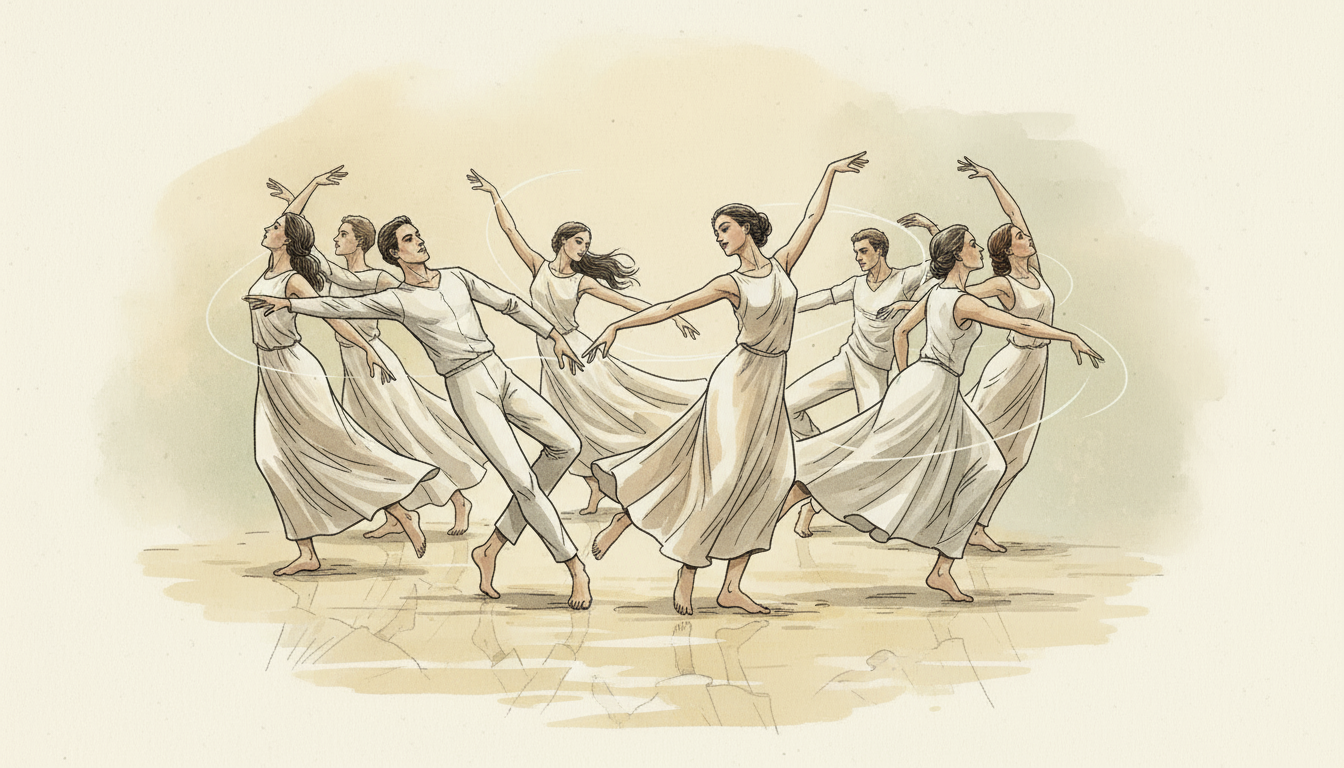“Music as a neurological key” was a concept evidenced by the so-called “poet laureate of medicine”, Oliver Sacks. He didn’t just study the brain, he listened to it. While most neurologists saw neurons, he saw stories. And in those stories, he found something extraordinary: music could unlock parts of the mind science hadn’t yet mapped.
Sacks was fascinated by how people who had lost their ability to move, speak, or remember could suddenly reawaken through rhythm. He saw patients with Parkinson’s start walking the moment they heard a beat. Alzheimer’s patients who couldn’t recall their own names suddenly sang full songs from their childhoods. To him, music was medicine long before medicine had the words to describe it. To me, the learning about his story was a spark to learn more about music and its impact in health, feelings and performance.
I wonder if we currently underestimate what sound does to us. I dug a bit deeper and I found that modern neuroscience now confirms what Sacks felt intuitively: music doesn’t visit the brain; it lives there. When you listen, nearly every region activates, the ones responsible for emotion, memory, attention, movement, and empathy all begin to fire together. It’s one of the few experiences that integrates your entire neural network.
Researchers from Harvard and Stanford have shown that rhythmic patterns can literally synchronize the brain’s electrical activity, improving focus and creating a state of “neural flow.” Slow-tempo music (Roughly 60 to 80 beats per minute) mirrors the resting heart rate, helping to reduce cortisol and calm the nervous system. Faster rhythms do the opposite: they elevate dopamine, the neurotransmitter linked to motivation, curiosity, and reward.
In other words, our playlist might be doing more coaching than we know.
According to some articles music can lower blood pressure, improve sleep, and even enhance endurance. Surgeons often play Bach or Miles Davis in the operating room, and this is not for ambiance, but precision. Rhythmic structure improves their concentration and steadies the hand. Some athletes time their breathing to specific tempos to maintain rhythm under fatigue. It’s performance training at the most primal level.
And there is another side to this, the emotional architecture of music. A study once asked thousands of people a simple but revealing question: Which song saved your life?
The answers were as diverse as the listeners themselves:
“Hallelujah” for grief.
“Fix You” for loss.
“Don’t Stop Believin” for perseverance.
“Somewhere Over the Rainbow” for peace.
Each response, a story of someone finding their way back to themselves.
That’s when I started experimenting myself. I wanted to see if I could coach my mind through music, if I could design emotional states the way we design routines. So, I built three playlists.
- One for deep work: mostly instrumental, lo-fi, and binaural beats. Sessions lasted about 90 minutes, following a Pomodoro rhythm.
- One for recovery: ambient, nature sounds, and classical pieces for journaling or meditation breaks.
- And one for creativity: a mix of jazz, cinematic tracks, and world fusion. Music that bends structure, just enough to remind the brain that not everything needs order to make sense.
I use them weekly now, tracking focus, energy, and emotional tone. I believe it is still too soon to see some results but I feel I am tuning in, but music does not any longer feel like a background.
It made me think of how often we move through the day unaware of the frequencies shaping our thoughts. The noise we accept, the silence we avoid, the playlists we put on autopilot. If sound has the power to rewire a damaged brain, imagine what it can do to a healthy, distracted one.
You know that moment… the one where you’ve had a long, chaotic day, and your favorite song starts playing? You feel your shoulders drop, your breathing slow, the static in your mind suddenly rearrange itself. Now you and I know it is not a coincidence. That’s biology finding rhythm again.
We often talk about performance in terms of focus, discipline, or willpower. But maybe high performance also has a sound. Maybe clarity has a frequency. Maybe our nervous system has been asking for harmony all along.
Because if the brain really is an orchestra of electrical impulses, then every sound we allow into our day… every beat, every word, every silence… becomes part of our story.
So the question is no longer whether music affects us. It’s how intentionally we’ll let it. Music isn’t just entertainment. It’s connection. It’s memory. It’s identity in motion.
Now that you know this, what will you choose to listen to?
— Diana
Founder of N3XU
Fellow Traveler. Systems Nerd. Believer in Thoughtful Change.



